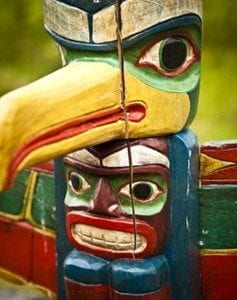Seminole Indian Funeral Service Rituals
 When it comes to the funeral traditions of any religious, ethnic or geographical group, it is typical for specific customs to vary from family to family. The Florida Seminoles are no exception to this rule. However, experts on Seminole Indian funeral customs and rites still have much to say about the funeral customs that characterize their group.
When it comes to the funeral traditions of any religious, ethnic or geographical group, it is typical for specific customs to vary from family to family. The Florida Seminoles are no exception to this rule. However, experts on Seminole Indian funeral customs and rites still have much to say about the funeral customs that characterize their group.
Seminole Indian Funeral Traditions
Many of the Seminole’s modern practices are now influenced by state and local laws. Before assimilation, however, it was not uncommon for the deceased’s family to lay the body on a chickee. A chickee is a house with open sides and a thatch roof made from palm fronds and cypress poles. Once the body was placed there, the family would abandon the camp and leave the deceased to make their journey.
Seminoles were also known for gathering the belongings of a loved one who had passed away and then throwing each of the items into the swamp. This practice is still continued today.
Unlike other groups, a Seminole family does not pass on the deceased’s belongings to children or grandchildren as a token of remembrance. They believe that to hold on to a loved one’s possessions is to hinder their journey and to hold them back.
Because of their location in the swamplands of Florida, the Seminole people would sometimes lay a body to rest above the ground. Historically, this was done because the family might not be able to contact a medicine man for the finishing ritual until days or weeks after their loved one had died.
Seminole Death and Burial in the Everglades
The death and burial rituals of a people are things that help to define their culture. However, in the case of the Seminoles, it’s hard to get an accurate historical picture because of the many traditions and the lack of information.
In the instance of the death of the Seminole John Tiger, for example, the body was placed in a casket and sent in a canoe into the Everglades. In keeping with the tradition of helping the deceased on his journey, John Tiger’s material possessions were put on top of the casket and covered with brush.
It was reported later that John Tiger’s body was left to rest in the Glades for approximately thirty days until it was eventually taken to its final resting place deep in the swamplands. For Seminole’s the death ritual is a very important yet private affair.

